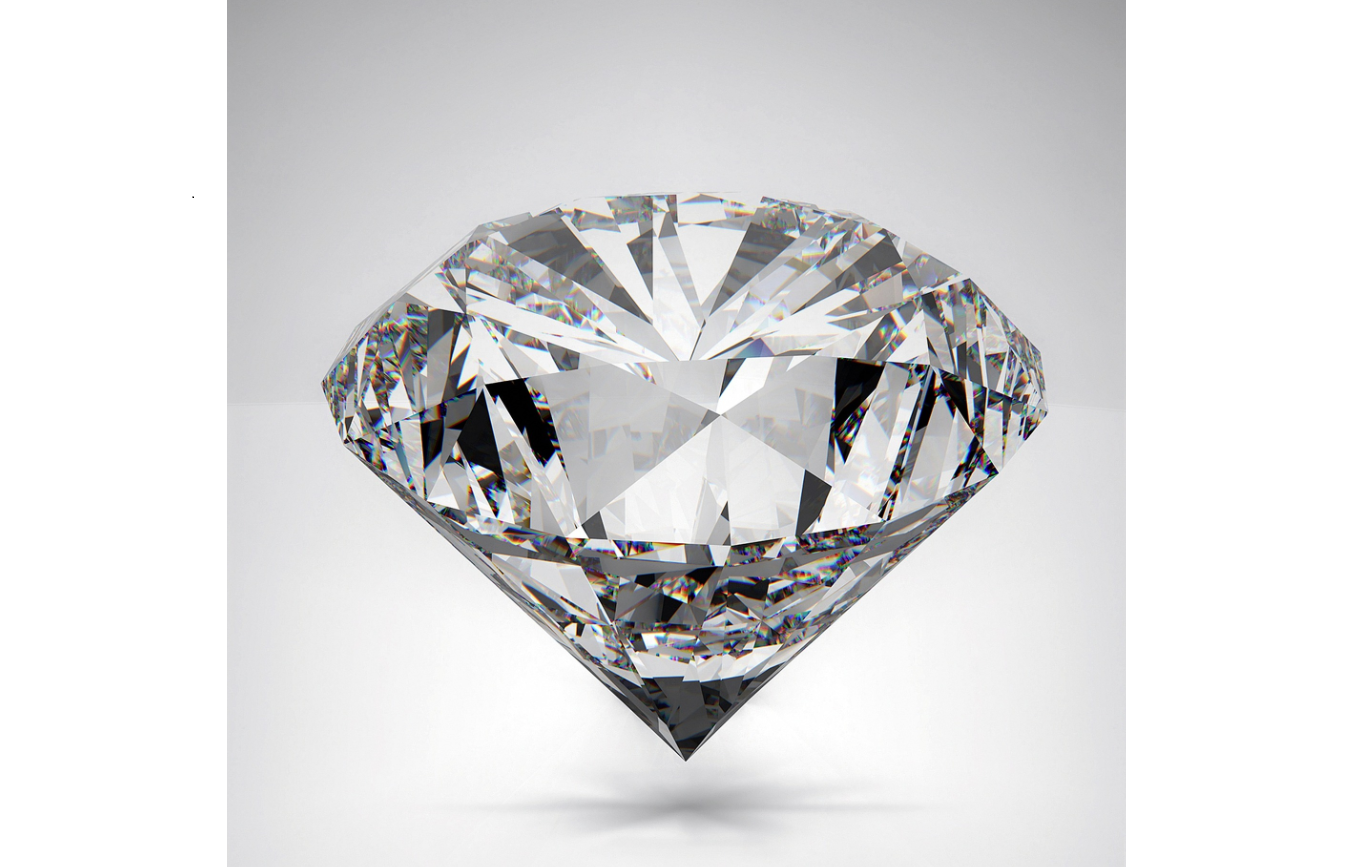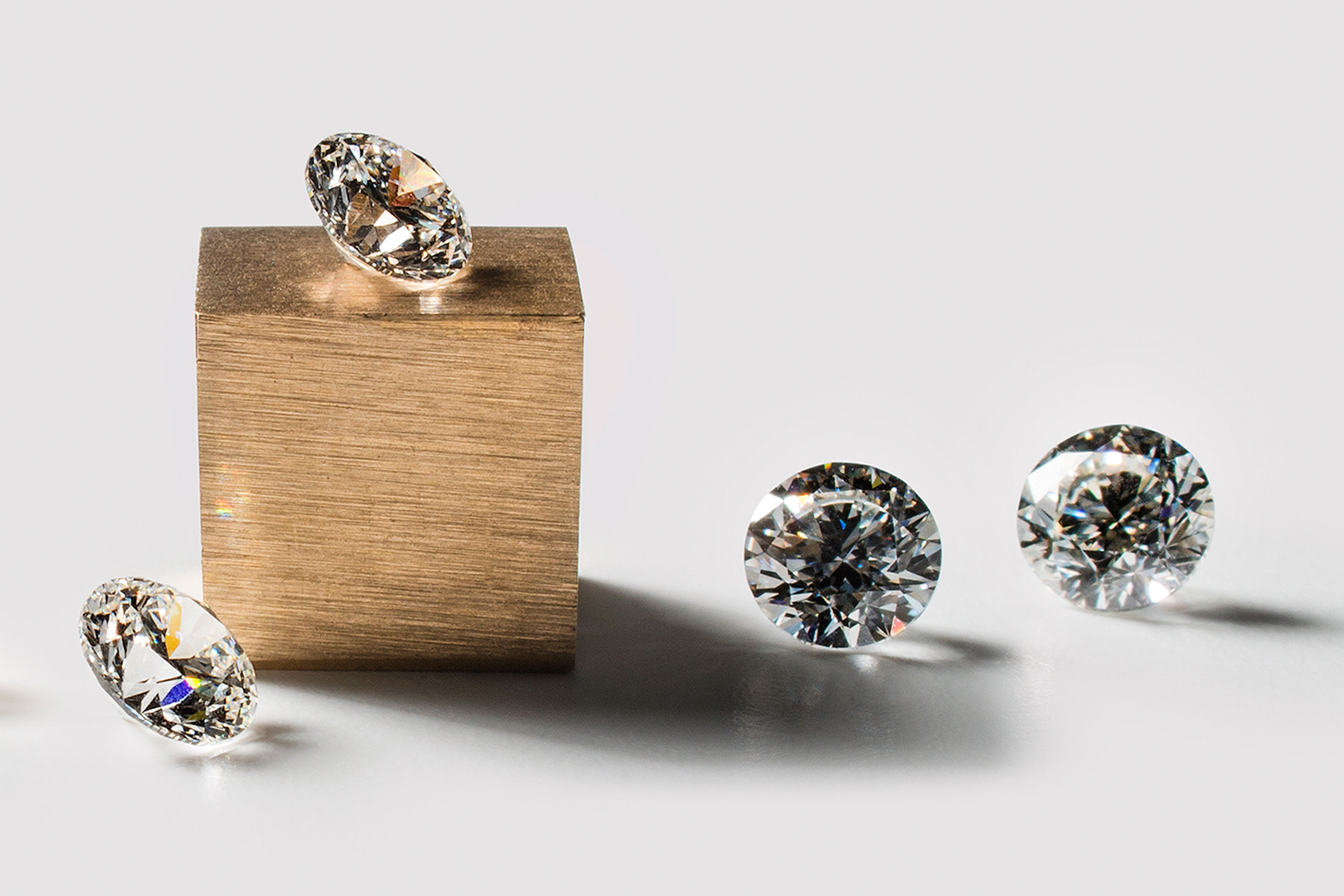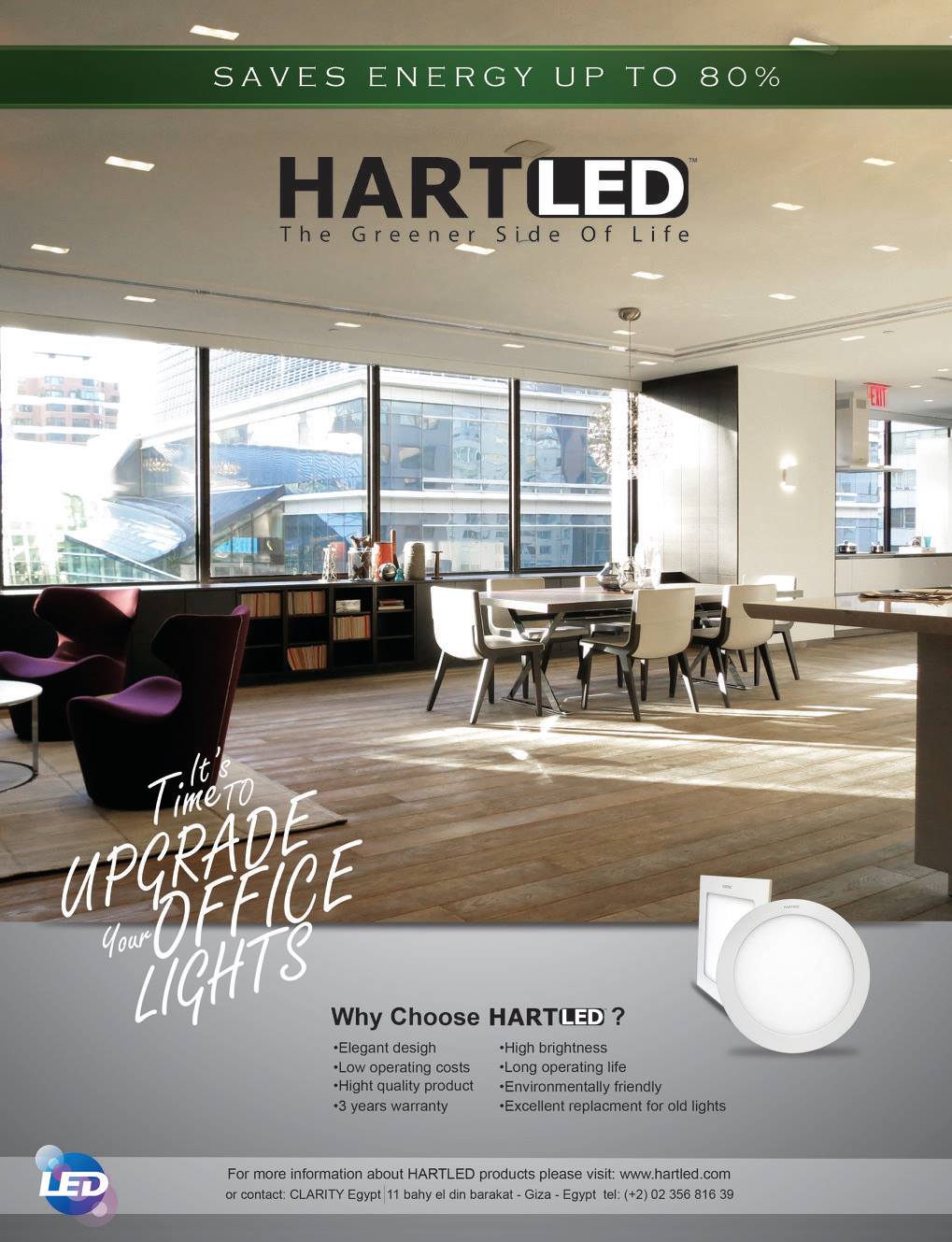Are diamonds still a girl’s best friend? A rise in consumer demand for cost-effective, ethically sourced products has threatened the traditional diamond market, and made way for a more practical approach to wearing bling. Here’s all you need to know about the new synthetic diamond trend.

Synthetic diamonds have been around for decades
The first synthetic diamond was created at the General Electric research lab in New York City in 1954. Since then, synthetic diamonds have almost exclusively been used for industrial applications, including the cutting and polishing of hard substances.
Real diamonds are not as valuable as you may think
Diamond conglomerate De Beers is largely responsible for the over inflated price of diamonds today. After securing a monopoly on the world diamond trade in the 1930’s, De Beers embarked on a wildly successful ad campaign that convinced consumers to spend large amounts of money on diamond engagement rings. Indeed, diamonds are not even considered rare; De Beers and other diamond companies simply control the supply levels of the raw material.

Synthetic diamonds can be made multiple ways
There are two main processes that can produce synthetic diamonds: high pressure, high temperature (HPHT), and chemical vapour disposition (CVD). Grow in highly-controlled laboratory conditions that mimic the Earth’s natural growing environment, HPHT diamonds have the same chemical composition and crystal structure as real diamonds. The CVD method involves layering pieces of carbon on a diamond seed in a vacuum chamber. The result is a diamond with the same properties as the original but different and distinguishable crystal patterns.
The market for synthetic diamonds is large and growing
Sales of synthetic diamonds hit US$ 1.7 bn in 2017 and are forecast to grow 22% annually, reaching US$ 5.2 bn in 2023 and US$ 14.9 bn by 2035. The bulk of demand has been spurred by millenials. In a survey, an average of 53% of people age 18-35 reported they would happily accept a lab-grown diamond engagement ring. In Japan, 63% responded positively, while 56% of American responders support synthetic alternatives.

The cost to produce synthetic diamonds is dropping
As more companies get on board the synthetic diamond trend, the price to produce them has continued to plummet. The cost to produce a synthetic carat has dropped from US$ 4,000 in 2008 to around US$ 400 in 2017 using the CVD method. While HTHP processed diamonds cost slightly more to produce due to their identical chemical structure, synthetic diamonds still cost 40%-80% less than traditional diamonds.
De Beers is getting into the synthetic diamond industry
In 2018, De Beers announced it would start selling synthetic diamonds for the first time in it’s 130-year history, after long-resisting moving into the synthetic market. The company claims that it now believes that technology is efficient enough to produce large quantities of synthetics at quality standards that align with real gemstones.

There are lots of established players in the game
As demand continues to rise, a number of synthetic retailers have stood out, providing high quality cultured stones in a plethora of eye-catching styles. Retailers include Gordon Max, a company with a decade of synthetic diamond experience that offers synthetic equivalents to flawless-grade diamonds, and Innocent Stone, an online retailer focused on providing conflict-free, eco-friendly jewelry.


By Kate Dannies



